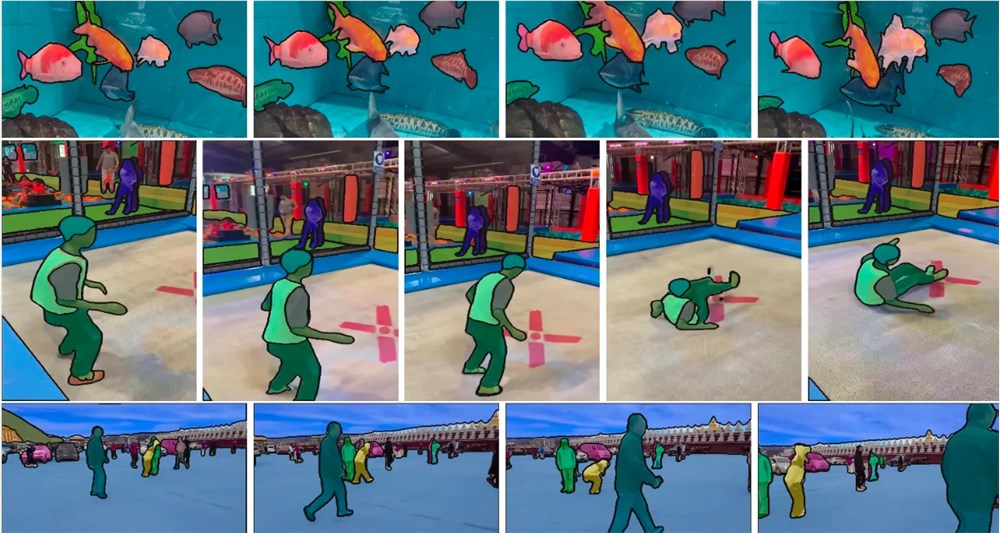Meta CEO Mark Zuckerberg released Segment Anything 2 (SA2) at the SIGGRAPH conference, which is a major upgrade of its image segmentation model and expands AI-driven segmentation technology to the video field. SA2's open source strategy, as Zuckerberg said, aims to build a strong ecosystem around the technology, thereby improving the quality of the model itself and Meta's other products. This reflects Meta’s continued investment in the field of open AI and its contribution to industry development.
At the SIGGRAPH conference this week, Meta CEO Mark Zuckerberg debuted Segment Anything2 (SA2), an upgraded version of the breakthrough image segmentation model the company launched last year. The new model extends AI-driven segmentation technology into the video realm, demonstrating the amazing progress the technology has made over the past year.

Zuckerberg explained Meta's reasons for adhering to an open source strategy during the talk: It's not just a piece of software you can build - you need an ecosystem around it. If we didn't open source it, it wouldn't work nearly as well. He admitted that this strategy would not only benefit the entire ecosystem, but also help improve the quality of Meta's own products.
The release of SA2 once again demonstrates Meta's leadership in the field of open AI. Although their degree of openness is still controversial, models such as LLaMa and Segment Anything have become important reference standards for AI performance.
With the launch of SA2, AI video analysis technology will play a greater role in many fields such as scientific research and environmental monitoring. This progress not only demonstrates the rapid development of AI technology, but also opens up new possibilities for future applications.
The release of SA2 marks a new milestone in AI video analysis technology, and its open source strategy also provides strong support for the common development of the AI community. In the future, we can expect SA2 to demonstrate its strong application potential in more fields and promote the continued progress of artificial intelligence technology.